– John Ouma-Mugabe
Professor of Science and Innovation Policy, Graduate School of Technology Management (GSTM), University of Pretoria
27 March 2020
The coronavirus (COVID-19) pandemic is exposing the complex organic interrelationships of science, innovation and the Sustainable Development Goals (SDGs). An invisible virus, COVID-19 is a threat to humanity and the world’s economies. It is intricately linked to our delicate social, economic, technological and ecological systems. COVID-19 may have been caused by human activities and their impacts on the environment. In The End of Epidemics: The Looming Threat to Humanity and How to Stop It, Jonathan Quick, notes that deforestation, climate change and rapid urbanization contribute to the emergence of new pathogens that pose global health risks.[1]
COVID-19 may undermine prospects of attaining some of the SDGs. For example, it is already causing disruptions in the transitions to SDG8 (decent work and employment) and SDG9 (fostering industry, innovation and infrastructure). The Organization for Economic Cooperation and Development (OECD) and the International Monetary Fund (IMF) estimate that the global economy will contract by at least 50%, with GDP growth expected to be 1.5% instead of the 3% that had been projected at the beginning of this year.[2] The decline in GDP growth is associated with major disruptions and shutdowns in tourism, transport and manufacturing activities around the world. Unemployment is a stark reality as businesses close or slow production. Education institutions are closed, and research activities slowed. Food production and supply chains are being disrupted.
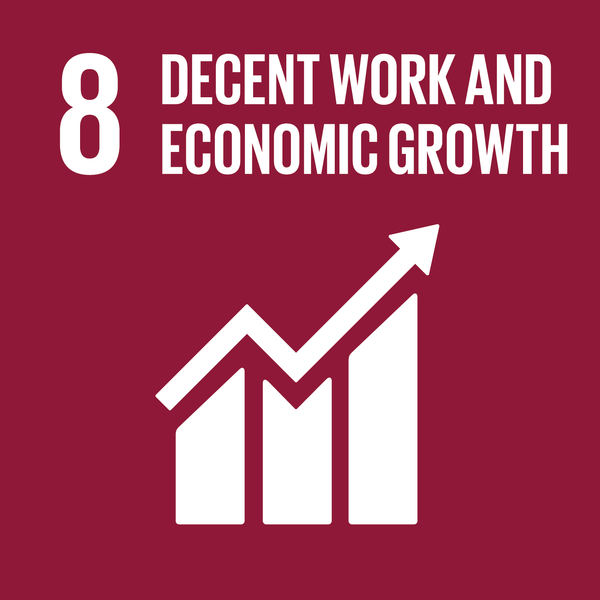
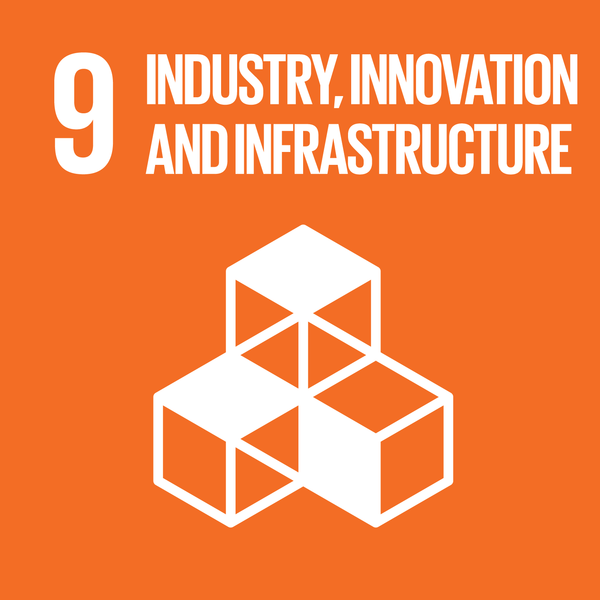
Paradoxically, in some cases, COVID-19 is helping to slow climate change and stimulate different kinds of social and technological innovations. Some climate change experts are predicting that global carbon emissions are likely to slow down as global economies slow down, as airlines cancel flights and various other means of transport are restricted around the world.[3]
Despite COVID-19’s outbreak inside the Chinese province of Hubei, the virus is not of Chinese nationality. The science and innovation required to stop the pandemic are global. As responses from around the world demonstrate, all the diverse countries and cultures of the world are desperately searching for ways and means to stop the pandemic. The pandemic is one of the manifestations of our collective contributions to ecological degradation and climate change, and many social and economic injustices.
All countries’ socio-economic and political systems are vulnerable to the invisible virus, both rich and poor. The United States of America (U.S.) is as vulnerable as China, just as Italy is as vulnerable as the Democratic Republic of Congo (DRC). Lessons for urgently responding to COVID-19 will come from China, South Korea, Singapore and many other efforts, and the control of Ebola makes the DRC a key global source of knowledge on how to manage Ebola-related epidemics.
As Quick (2018) argues most epidemics are outcomes and manifestations of the underfunding of global public goods oriented research and innovation, particularly research on epidemics and vaccine development.[4] Few countries have dedicated funding for international collaborative research and innovation for global public goods and few make long-term commitments to initiatives such as the Global Alliance for Vaccine Initiative (GAVI), International AIDS Vaccine Initiative and the Consultative Group on Agriculture Research (CGIAR).
Political institutions that promote nationalism and rigidly invoke national sovereignty to promote inaction on global threats such as COVID-19 may be wiped away by the rise of global health civic movements. Citizens may vote out leaders and their political parties that espouse extreme nationalism. Nationalism tends to be inimical to the global science and innovation required to stop COVID-19 and secure the SDGs as well as other global public goods.
Many of the conceptual approaches, such as national systems of innovation, that we use to study innovation processes and development have huge deficits and tend to mislead policy, particularly during times such as these of global multi-layered social, economic and ecological crises. They tend to make only passing reference to the interconnectedness of different countries’ research and innovation systems. Rarely do academic studies and policy measures that are founded on national systems approaches put emphasis on global or international science and innovation for societal challenges.[5]
Global solidarity in science and innovation is what is now urgently required to fight COVID-19. It is now time to take SDG17 seriously: international partnerships to secure all the other 16 Goals. The SDG17 has explicit targets for enhancing North-South, South-South and triangular international cooperation on Science, Technology and Innovation (STI), promoting access to STI and sharing knowledge to address global social, economic and environmental challenges. For example, attaining SDG3 on health and wellbeing requires international partnerships in research and vaccine development.
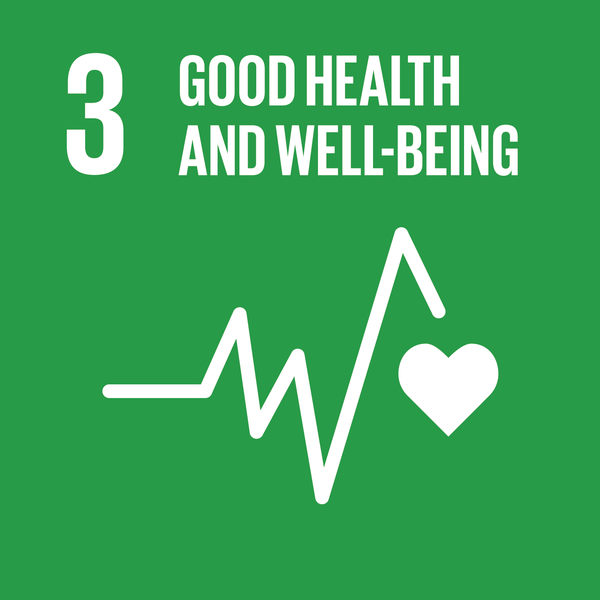
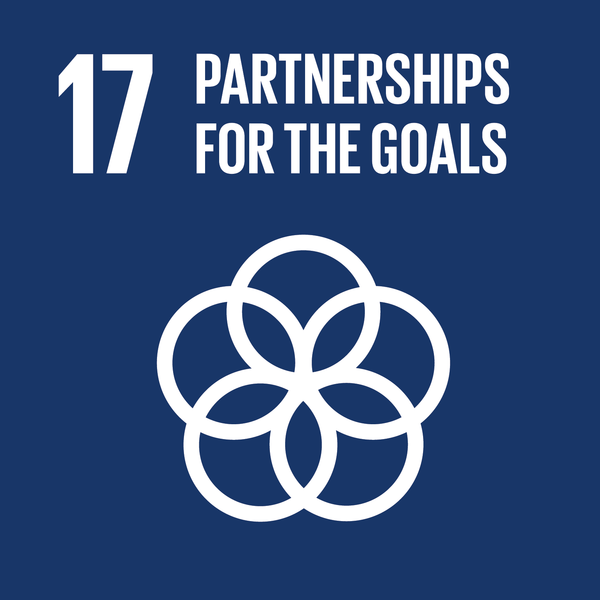
There are at least three public policy actions that countries should collectively take to foster global solidarity in science and innovation for the SDGs.
- Firstly, countries should actively engage in promoting knowledge and information sharing on all aspects of the SDGs, including on their ongoing national public and private research and innovation programmes for vaccine development. The United Nations Technology Bank and the UN Technology Facilitation Mechanism would be ideal platforms for promoting knowledge and information sharing on research and innovation for the SDGs. These institutional arrangements are explicitly recognized in the UN Agenda 2030 as appropriate platforms for knowledge and information exchange.
- Secondly, countries should form a global alliance for SDGs-focused science and innovation. A transdisciplinary, multi-sectoral and public-private initiative, the alliance would be a ‘network of networks’ focusing on the various social, economic, environmental and geopolitical challenges of this century. It would be a global innovation hub producing knowledge and steering technological change to address sustainable development challenges in an integrated manner.
- Thirdly, countries should design a common international research and innovation policy framework. Such a framework would contain policy measures on shared global public procurement of innovations for SDGs; transfer and access to technologies for SDGs; differentiated distribution of costs and benefits of international research and innovation; economic and legal incentives for private sector investment in research and innovation for SDGs; and the promotion of international mobility of scientists. A special United Nations administered independent panel of experts would be mandated to develop the innovation policy framework that would subsequently be considered by governments as part of the global efforts to implement the UN Agenda 2030.
Mobilizing for global solidarity for science and innovation requires political and civic leadership. Political leadership should come from around the world, particularly G7 and G20. The challenge is to dismember nationalist tendencies exhibited by countries’ leaders. Leadership from civic bodies and the private sector should come from science and innovation champions such as Bill Gates and Jack Ma, global citizens speaking and acting on global public health innovation issues.
Footnotes
[1] See Quick, J. 2018. The End of Epidemics: The Looming Threat to Humanity and How to Stop It. Scribe Publications, UK.
[2] OECD, 2020. Coronavirus: the world economy at risk. OECD Economic Outlook, Interim Report March 2020.
[3] See The Economist, March 14-20, 2020; and The Economist, March 21-27, 2020 for different opinions on complex links between COVID-19, climate change and international travel.
[4] Quick, J. 2018. The End of Epidemics: The Looming Threat to Humanity and How to Stop It. Scribe Publications, UK.
[5] John Ouma-Mugabe, Petronella Chaminuka & Ana M P Melo, 2018. Characterising partnership for research and innovation in Sub-Saharan Africa: Lessons from the case of the Africa–EU ProIntensAfrica Initiative, South African Journal of International Affairs, 25:4, 531-545, DOI: 10.1080/10220461.2018.1551152
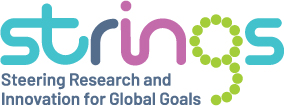
Leave A Comment